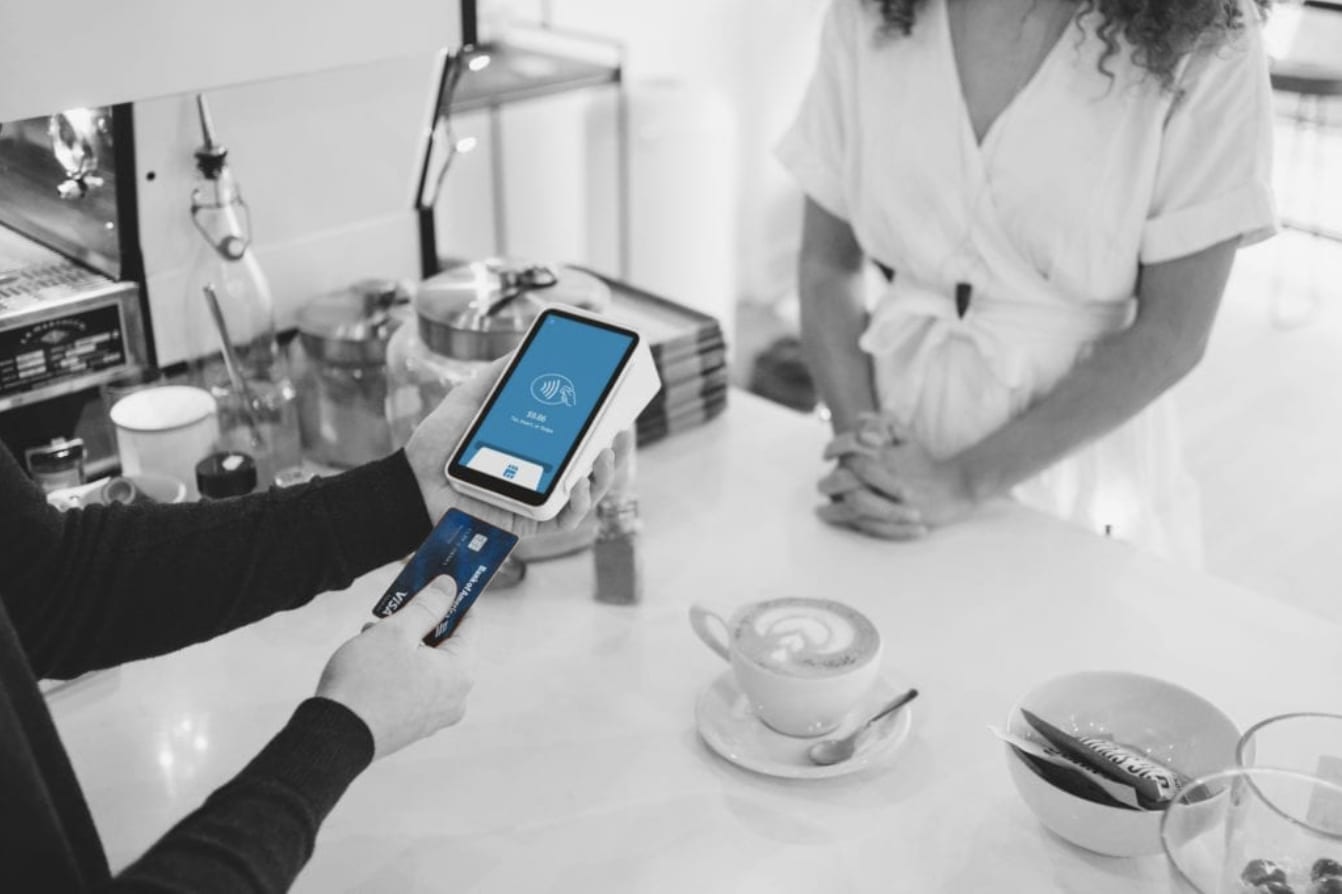How to Run a Small Business from Your Smartphone?
In the last decade, technology has become more advanced, making mobile phones an essential item for small business owners. With more and more businesses moving toward a more flexible way of working, a smartphone device offers the freedom that many entrepreneurs crave. But is it really now possible to ditch the laptop and run a company entirely from a mobile device?

Improved connectivity has enabled business owners to manage tasks on the go, and with 5G on the way, things are set to get even better. As well as being able to browse the web, reply to emails, and update social media, there are many other ways in which a smartphone can be utilized for the day-to-day running of a small business.
Make and Manage Money on the Move
Accepting cash or check payments for products and services can be a pain. Not only are these traditional payment methods declining, but accepting card payments can boost revenue significantly. Thankfully, you can now turn a mobile device into a mobile-point-of-sale (mPOS) which works by plugging a card reader into a smartphone, allowing a business to take payments wherever they are. Best of all, a number of mPOS solutions can be integrated with accounting software, so sales, expenses, and deposits can be easily tracked, too.

In addition to payments, there are a huge number of mobile apps that can be used to manage finances on the go. Mobile banking, invoicing, tax, and payroll apps are widely available and offer a quick and easy way to check in on all aspects of company financials without having to visit a bank or requiring expensive software to be purchased.
Be here, there and everywhere
Nobody really wants to give out their personal cell number to a client or customer. Not only does it look unprofessional, but who wants to be taking after-hours calls? The good news is it’s simple to route a virtual business number to a mobile number, so customers never need to know calls are being taken on a personal device.
Another way to get around this issue is to use web conferencing apps to keep in touch with clients and employees. You’ll also get the added benefit of using video conferencing which can be a great way of building rapport without meeting someone face-to-face. Both solutions keep your number hidden, but it’s worth bearing in mind that voice quality can be patchy if going down the web app route.
Boost productivity and efficiency
Use the integrated calendar on your smartphone or download your preferred calendar app to maximize your time management and give you a clear overview of upcoming tasks and deadlines.
Shared calendars will enable all team members to access real-time movements of their co-workers and make for an overall smoother operation.
Take advantage of the vast range of apps available to small business owners that are far better optimized for performing tasks more efficiently than desktop software. There are cost-effective apps to help you keep on top of all kinds of daily administrative tasks such as managing expenses, tracking invoices, and allocating resources. Project management apps can also prove to be an invaluable tool, helping you carry a new aspect of your business through each stage, from idea to completion.
By deploying a cloud storage solution, you’ll be able to create, edit, share, and manage files on the go, making it much simpler to keep customers and employees up-to-date. There are also several cost-saving benefits to using cloud storage. For example, by storing your files virtually, money that would normally have been spent on expensive storage hardware could be invested elsewhere in the business.
Not-so-smartphone use
Mobile devices open the doors to a wealth of opportunities for small business owners. However, there are downsides to running a business from a smartphone, especially when it comes to security. When out and about, there’s a greater chance for a device to be lost or stolen–it is essential that security measures are in place to protect sensitive data; using strong passwords, fingerprint recognition, and enabling auto-lock after a set period of inactivity, for example.
It’s important to ensure any messages or emails containing personal data (including client names, addresses, and payment details) are saved securely in encrypted folders, and that the folders themselves are password protected.
Be wary of sending private data via consumer messaging apps. While the likes of Facebook Messenger, WhatsApp, and iMessage may be easily accessible and familiar, not all messaging apps are encrypted. Therefore, you could end up with a data breach on your hands.
Free public Wi-Fi hotspots can feel like a stroke of luck for remote workers. They provide a cheap, quick, and convenient connection, but these advantages make them an appealing target to hackers too, who can sit between you and the hotspot, intercepting messages and potentially sensitive information.

Setting your system preferences to ‘Always use HTTPS’ and ‘Turn off Sharing’, and ensuring your Wi-Fi is switched off when not in use will make you far less of an open target for opportunists.
BYOD do, or BYOD don’t?
To cut costs and increase productivity, it can be tempting to allow employees to manage tasks from their personal smartphone devices.
However, risk increases for businesses that have bring-your-own-device (BYOD) policies. If you allow staff to use their own smartphones in the workplace, monitoring whether they are using their device for business or personal reasons during working hours can be a challenge. Things become more complicated when employees are permitted to download the apps and software of their choosing, as it increases the risk of data breaches. Worse still, if they disable or delete apps from their device, it can make a breach even harder to trace.
It is absolutely possible to run a business exclusively from a smartphone but it’s crucial to weigh the pros and cons and undertake a thorough risk assessment before doing so. Whether it’s a sole proprietor, or an entire team using mobile devices to run a business, it’s essential to understand cyber risks and have a robust security plan in place to manage potential pitfalls before ditching the desktop altogether.









